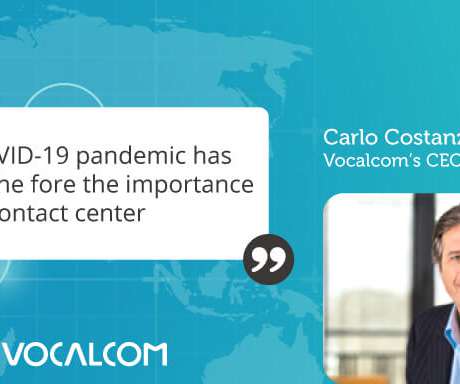How AI will change the face of customer experience
VocalCom
JUNE 24, 2020
The use of emerging technologies such as automation and AI to manage customer experience will be key to improve significantly contact centers’ efficiency and reduce costs. Want to know more about the evolution of contact centers ?















Let's personalize your content